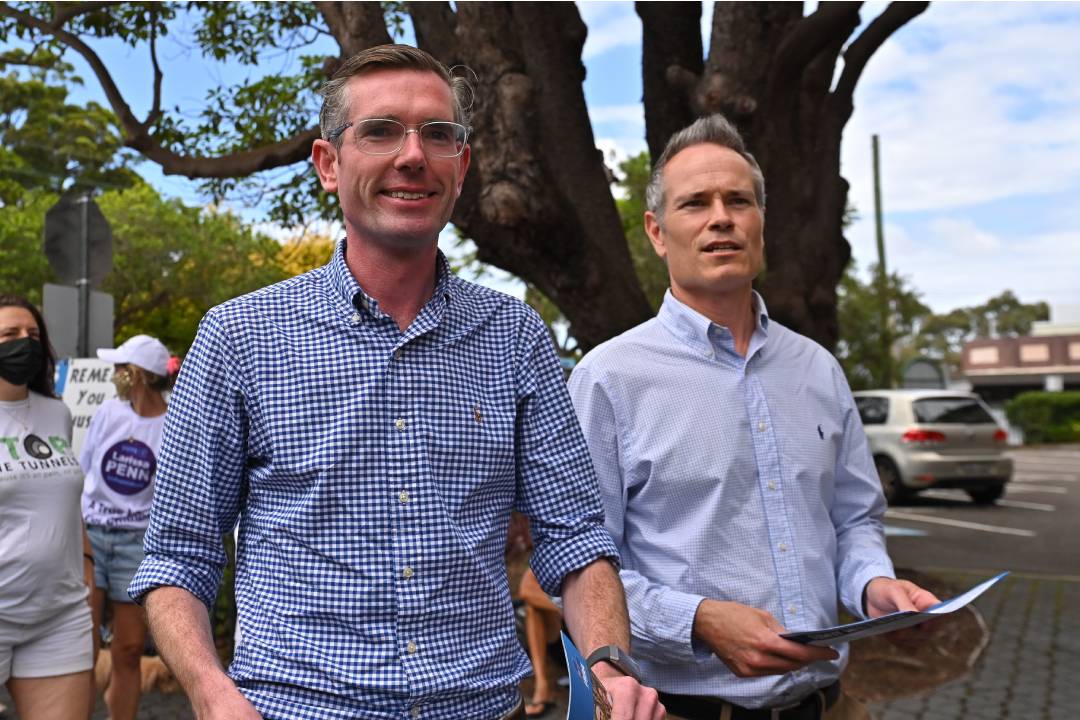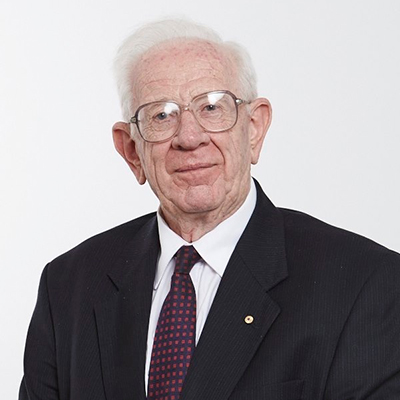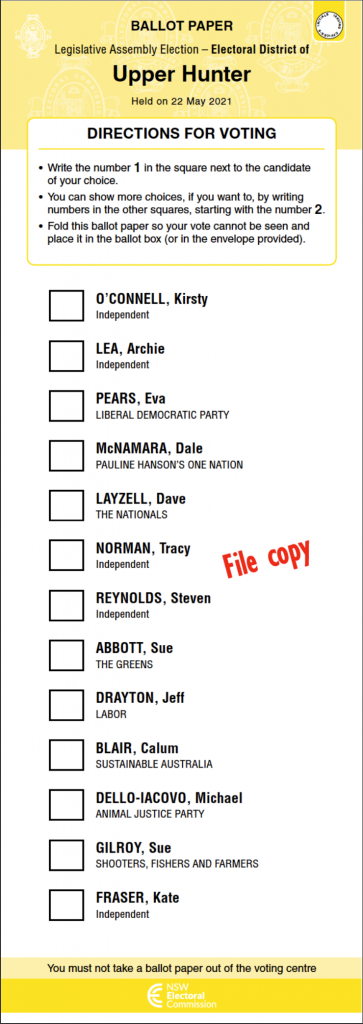

My first idea was to title this article 'My thoughts on Super Saturday' but then I realised that was not a sensible way of analysis. After all, there have been five NSW state by-elections during the term of the Berejiklian-Perrottet parliament (known technically as the 57th Parliament) and they should be judged together.
The first to occur was Upper Hunter held on 22 May 2021. The second, third, fourth and fifth by-elections were held together on Super Saturday, 12 February 2022. In searching for a pattern in these results the first detail I notice is that the five electoral districts have now voted three times on the same set of boundaries, at the general election on 28 March 2015, at the general election on 23 March 2019 and at the recent by-election.
Labor was trounced at the general election on 26 March 2011 after enjoying a reasonably good win at the general election on 24 March 2007. At that election – Labor’s last win – Labor won Monaro and Strathfield, the Liberals won Bega and Willoughby and the Nationals won Upper Hunter. In 2011 Labor won none of these seats, but two are now held by Labor, Bega and Strathfield. In numbers, therefore, Labor is back to 2007 but on the Coalition side, the numbers are not the same as in 2007. The Nationals have one more seat (Monaro) while the Liberals have one fewer seat (Bega), the two being adjacent to each other on the map.
This leads me to my first observation. These by-elections have been very good for the Nationals and very bad for the Liberals. To understand that I go back to the 2015 percentages and compare those with the by-election results. The National Party’s percentage in Upper Hunter was 52.2% in 2015 but 55.8% in 2021. In Monaro, it was 52.5% in 2015 and 55.2% in 2022. Monaro is now a reasonably safe seat for the Nationals where historically it used to be Labor more often than not.
The opposite is the case for the Liberals. In Willoughby, the Liberal vote was 73.8% in 2015 but only 53.3% in 2022, the swing against the Liberal Party having been a cool 20.5% over that seven-year period – but at least the seat is still Liberal! In Bega, the Liberal vote was 58.2% in 2015 but 44.9% in 2022, the cumulative swing to Labor having been 13.3% in this now Labor seat. In Strathfield, the Liberal vote was 48.2% in 2015 but 44.2% in 2022, the cumulative swing to Labor having been an even four per cent. Both Bega and Strathfield now look like safe Labor seats, having been Liberal in 2011.
The circumstance in New South Wales is unique. Whereas the House of Representatives (151 members), Victorian Legislative Assembly (88 members), Queensland Legislative Assembly (93), Western Australian Legislative Assembly (59), South Australian House of Assembly (47) and Northern Territory Legislative Assembly (25) have their members elected under the full preferential vote, the 93 members of the NSW Legislative Assembly are elected under optional preferential voting (OPV). This produces a more voter-friendly ballot paper as shown here.
I ask readers to imagine how high the informal vote for Upper Hunter would have been if the voter were required to number the squares 1, 2, 3, 4, 5, 6, 7, 8, 9, 10, 11, 12 and 13 as would be the case for the other 463 Australian politicians listed above.

Anyway, this makes for interesting analysis as is best shown by the preferences of the Greens in the three cases where they came third, thus having those preferences distributed in three ways. The three seats are Bega, Monaro and Willoughby.
In the Bega the Greens finished with 4,121 votes of which 2,617 transferred to Michael Holland (Labor), 240 to Fiona Kotvoys (Liberal) and 1,264 were exhausted. In Monaro, the Greens finished up with 5,205 votes of which 3,154 transferred to Bryce Wilson (Labor), 540 to Nichole Overall (Nationals) and 1,511 were exhausted. In Willoughby the Greens finished up with 6,608 votes of which 2,699 transferred to Larissa Penn (Independent), 373 to Tim James (Liberal) and 3,536 were exhausted. What is interesting about these figures is to notice quite how few Greens are willing to give their preferences to Liberals or Nationals.
The other interesting case of preference distribution was Strathfield where the left-wing independent Elizabeth Farrelly came third. She finished with 5,324 votes of which 1,857 transferred to Jason Yat-Sen Li (Labor), 857 to Bridget Sakr (Liberal) and 2,610 were exhausted.
Clearly believing that Strathfield offered the only by-election result from which the Liberal Party might take comfort premier Dominic Perrottet turned up at Strathfield Liberal Party headquarters on election night at which he gave the party’s spin on the results. At the time Strathfield looked reasonable for the Liberals – but in the end, Strathfield too recorded a swing to Labor.
However, here is my speculation. Supposing NSW had the full preferential vote. That would have meant Farrelly would have needed to get her supporters to hand out “how to vote” leaflets favouring Labor. In that event, Labor would have won Strathfield by a significantly bigger majority than the 4,510-vote margin it actually achieved. Jason Yat-Sen Li finished with 21,670 votes to 17,160 for Bridget Sakr.